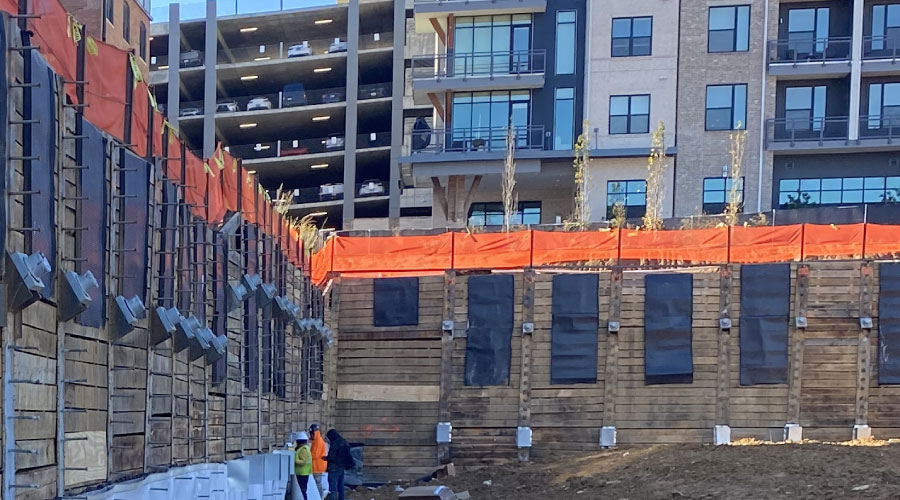
How Behavioral Data is Representative of All Users
Designing while utilizing behavioral data ensures all users are accounted for. June 2, 2023
By Mackenna Moralez, Associate Editor
More companies are requiring employees to return to the office as COVID-19 restrictions finally ease. However, there has been much resistance going back to the office as many employees have grown accustomed to working from home and having limited in-person distractions. However, some companies have already planned for this setback by using behavioral data to design spaces that best accommodate workers. Through this process, designers allow the basis of design to be a process of discovery that unfolds through dialogue between employees and managers, creating a space that best serves employees’ needs and their aspirations.
Mackenna Moralez, associate editor of FacilitiesNet, spoke with Wyatt Frantom, principal and design director of Perkins&Will about how behavioral data is being used to create spaces that allow employees to be more productive when they return to the office.
FacilitiesNet: How do you ensure that the data you collect is representative of the people who will use the facility?
Wyatt Frantom: Our design approach is highly collaborative. We don’t begin with preconceptions of ‘what we think the project should be’ or prescribing ‘what we’ve done before’. We listen first and allow the basis of design to be a process of discovery that unfolds through user dialogue and stakeholder visioning.
This ensures that everyone has a voice, and that we understand the client’s collective aspirations as much as their specific needs. In this way, we can provide design solutions that are not only fully informed but responsive and responsible.
FacilitiesNet: How do you train and educate your team members to collect and analyze behavioral data effectively?
Frantom: Our world is changing at the speed of technology, and we understand that remaining relevant means staying educated, so we provide ongoing professional development for our teams. At Perkins&Will, we remain educated in proprietary tools, industry methodologies and in general practice. As building performance demands increase, as the built environment becomes increasingly complex, and as the industry evolves to meet the promise of ever-changing technologies, owners, developers, asset managers, and operators are all beginning to understand the value of data in providing elevated human experiences.
In accepting this industry evolution, methods of incorporating behavioral data are being adopted across all sectors. In fact, behavioral data has not only spurred alternative career paths for design, but also introduced university curriculum and accreditations in human experience (HX) design and customer experience (CX) design as specializations to the more widely provided training in user experience (UX) design. The next generation of architects, designers and facilities managers will be well versed in the analysis of behavioral data.
FacilitiesNet: Can you share an example of how the use of behavioral data has helped to identify a problem or opportunity that would not have been discovered otherwise?
Frantom: At the Phase II project for Texas Facilities Commission (TFC), the primary challenge was the lack of post-COVID behavioral data. While every company and culture are different, most are facing similar post-pandemic return-to-work and hybrid model challenges. Without fully understanding the “new normal” for the North Austin Campus users, it was a challenge to determine their needs both for today and tomorrow.
This is where the scale and reach of Perkins&Will was invaluable; by tapping into a database of benchmarked projects, we were able to consult hundreds-of-millions of square-feet of both ‘base building’ and ‘interior’ projects for clients in cities around the world. With each project serving as a database of “made decisions”, Perkins&Will was uniquely positioned to translate those insights in order to inform projects.
This is part two of a two-part article. To read the first, please click here.
Mackenna Moralez is the associate editor for the facilities market.
Next
Read next on FacilitiesNet












